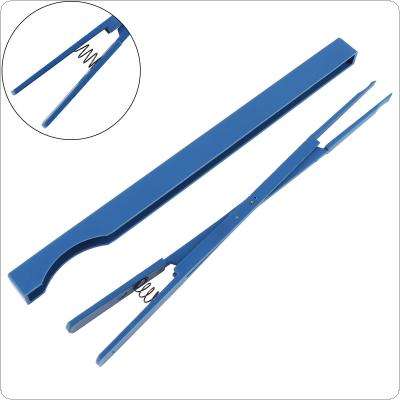
How to make an “orchestra” out of a computer?
Contents
 The computer has already become an integral part of life for many of us. We can no longer imagine our everyday day without games and walks on the global Internet. But this is not all the capabilities of a computer. The PC, thanks to the growing level of technology, absorbs the properties of many other multimedia devices, in particular, sound synthesizers.
The computer has already become an integral part of life for many of us. We can no longer imagine our everyday day without games and walks on the global Internet. But this is not all the capabilities of a computer. The PC, thanks to the growing level of technology, absorbs the properties of many other multimedia devices, in particular, sound synthesizers.
Now imagine that this relatively small iron box can fit… a whole orchestra. However, you shouldn’t tear your system unit out of the socket and enthusiastically twirl it in search of strings and bellows. But what then will it take for the symphony you just imagined to burst out of the speakers, you ask?
What is DAW and what does it come with?
In general, when creating music on a computer, special programs called DAWs are used. A DAW is a computer-based digital studio that has replaced cumbersome setups. In other words, these programs are called sequencers. The principle of their operation is based on interaction with the computer audio interface and the subsequent generation of a digital signal.
What are plugins and how do they work?
In addition to sequencers, musicians use plug-ins (from the English “Plug-in” – “additional module”) – software extensions. How does a computer reproduce the sound of, for example, a bugle, you ask? Based on the type of sound generation of live instruments, software is divided into two types – emulators and sample synthesizers.
Emulators are a type of program that, using complex formulas, replicates the sound of an instrument. Sample synthesizers are synthesizers that base their work on a piece of sound – a sample (from the English “Sample”) – recorded from a real live performance.
What to choose: an emulator or a sample synthesizer?
It’s worth noting right away that in sample-plugins, the sound is much better than in emulators. Because an instrument – and especially a wind instrument – is a quantity that is difficult to calculate from the physics perspective. The main disadvantage of samples is their size. For the sake of good sound, you sometimes have to sacrifice gigabytes of hard drive memory, because “incompressible” audio formats are used here.
Why does my music sound “bad”?
So, let’s imagine that you installed a sequencer, bought and installed plugins and started creating. Having quickly become familiar with the editor’s interface, you wrote a sheet music part for your first piece and began listening to it. But, oh horror, instead of the full depth and harmony of the symphony, you hear only a set of faded sounds. What’s the matter, you ask? In this case, you should familiarize yourself with such a category of programs as effects.
Effects are programs that make audio sound more natural. For example, an effect such as reverb recreates the sound in a larger space, and echo emulates the “bouncing” of sound off surfaces. There are entire procedures for processing sound with effects.
How can one learn to create and not to create?
In order to become a true master of orchestral sound, you will need to go through a long and difficult learning curve. And if you are patient, diligent and begin to understand at the level of “two plus two equals four” such concepts as mixing, panning, mastering, compression – you can compete with a real symphony orchestra.
- The computer itself
- DAW host
- plugin
- Effects
- Patience
- And of course, an ear for music




